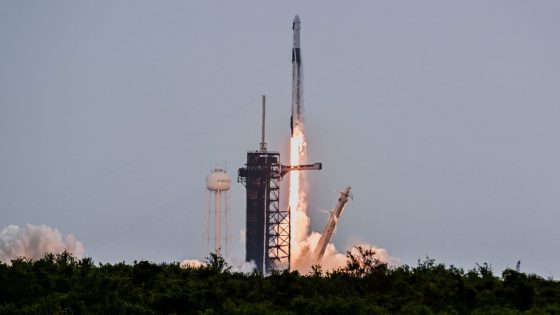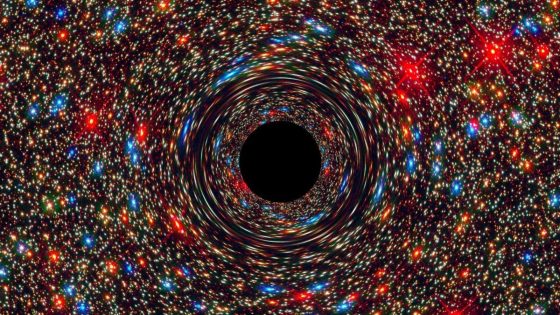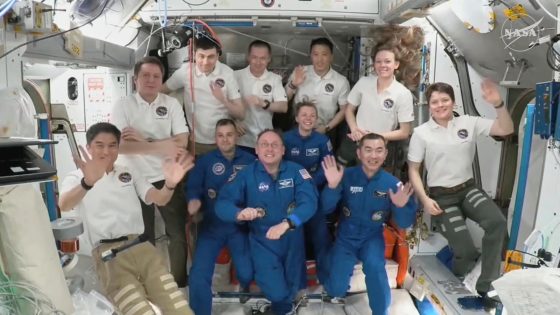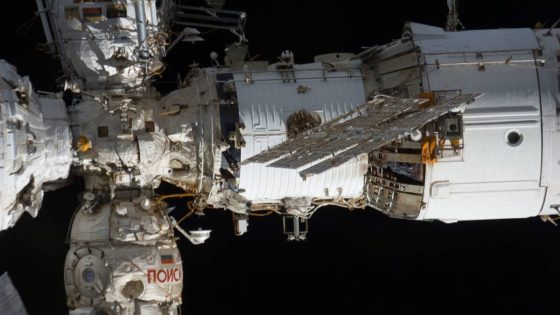SpaceX continues to revolutionize space travel, recently delivering a fresh crew to the International Space Station (ISS) in just 15 hours. On August 1, 2025, a Falcon Nine rocket launched from NASA’s Kennedy Space Center, marking another milestone in commercial spaceflight.
- SpaceX Falcon Nine launched Crew-11 mission.
- Astronauts will stay six months aboard ISS.
- Crew includes U.S., Russian, and Japanese astronauts.
- SpaceX capsule docked above South Pacific.
- Space station population temporarily increased to 11.
- Russians hold record for fastest ISS trip.
The mission brought four astronauts—two from NASA, one from Japan, and one from Russia—who will spend at least six months aboard the ISS. Their arrival temporarily increased the station’s population to 11, showcasing the growing importance of international collaboration in space exploration.
This mission raises intriguing questions about the future of human spaceflight. How will commercial partnerships shape our exploration of space? As SpaceX continues to innovate, the implications for scientific research and international collaboration are profound.
- SpaceX’s rapid transit times could redefine mission planning.
- International partnerships enhance scientific diversity aboard the ISS.
- Challenges with other spacecraft, like Boeing’s Starliner, highlight SpaceX’s reliability.
As we look ahead, the integration of commercial space travel into scientific research will likely open new frontiers, urging US to rethink our approach to exploration and innovation.
































